How Libraries Can Create Space for Healing and Hope
Libraries as Safe Havens
Working in various libraries across Los Angeles, has shown me that healing isn’t about medicines or therapy but also simple as having a safe space, a place where you can sit down, charge your phone, browse books, or use the bathroom without being questioned or judged. I have seen people come into the library for this type of relief and escape. Before I worked in libraries, I grew up in them. As a child, the library was a place for field trips. Later, it became where I spent time after school using computers. Eventually, it became my study sanctuary when I could not make it home between classes. I would stay in the library to study for hours, or even to sneak in a nap, or to hide from the noise and chaos outside. As an introvert, I took refuge there. In addition, home was never a calming place for me growing up, so I searched for home elsewhere, and the library became that home.
Now that I am working for libraries, I see my younger self reflected in patrons, either it is the students, caretakers, or just people who just need a safe corner to exist in for a while. I feel it is my duty as a librarian in training to carry my experiences into the work I do for my community. Diversity is not just a word to me; it is the reality for people who grew up in LA. The Library 2.0 model reminds us that libraries are not only information institutions but evolving spaces shaped by the people who use them. When we invite our communities into our programs or expand our collection with more inclusivity, and when they see themselves reflected in our spaces and collections, we are creating this sense of belonging. My goal as a future librarian is to continue creating safe spaces for people while also inviting more room for inclusivity, so that people can see libraries the way I do, as a place for healing.
From Isolation to Belonging Through Library 2.0
This week’s readings on hyperlinked communities made me reflect on what I love about libraries and what I hope to see as someone working in the field. I was inspired by how librarians are embracing Library 2.0 principles and how they are helping transform their libraries into spaces of connection and belonging. As Garcia-Febo (2018) explains that “service steeped in humanism, compassion, and understanding should be the cornerstone of what we do, and why we do it, for all members of our communities.” Her words remind me that every interaction, whether it is answering a question or offering a quiet moment of kindness, can become an act of care. Similarly, Klinker (2020) highlights that reading itself can lead to healing and emotional connection, noting that books can serve as mirrors, allowing readers to see themselves reflected in characters who might be experiencing situations or challenges similar to their own, all of which opens patrons up to different insights, cultures, and experiences they may not otherwise experience.
Other authors in this module also explore the idea of using libraries as places for healing and connection. Hasan (2022) describes how libraries in Australia are essentially sanctuaries for mental wellness by offering programs that create belonging and fight loneliness through 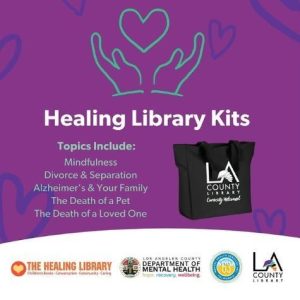 conversation clubs and inclusive activities. Greenwood (2022) also explains how libraries promote holistic well-being through community partnerships that connect mental health and social engagement. Together, these readings show that the Library 2.0 philosophy is centered on human connection. We make sure every person feels seen, valued, and part of something bigger, and that is where true transformation begins. Another program that I found interesting is in Los Angeles County Libraries, where they offer Healing Library Kits, developed in partnership with Los Angeles mental health departments, which provide curated books and other supportive materials for families coping with trauma such as pet loss, separation, or grief (Los Angeles County Library, n.d.) . These kits and programs show that libraries are proactively designing resources for emotional well-being. All of which help build bridges for people to both learn and heal in community centers.
conversation clubs and inclusive activities. Greenwood (2022) also explains how libraries promote holistic well-being through community partnerships that connect mental health and social engagement. Together, these readings show that the Library 2.0 philosophy is centered on human connection. We make sure every person feels seen, valued, and part of something bigger, and that is where true transformation begins. Another program that I found interesting is in Los Angeles County Libraries, where they offer Healing Library Kits, developed in partnership with Los Angeles mental health departments, which provide curated books and other supportive materials for families coping with trauma such as pet loss, separation, or grief (Los Angeles County Library, n.d.) . These kits and programs show that libraries are proactively designing resources for emotional well-being. All of which help build bridges for people to both learn and heal in community centers.
References
Garcia-Febo, L. (2018, November 1). Serving with love: Embedding equality, diversity, and inclusion in all that we do. American Libraries Magazine. https://americanlibrariesmagazine.org/2018/11/01/serving-with-love/
Greenwood, C. (2022). Healthy library, healthy life. Public Libraries Online.
Hasan, T. N. (2022, August 3). Free, non-judgmental, and accessible: How your local library is a sanctuary of health and wellness. SBS News. https://www.sbs.com.au/language/bangla/en/article/free-nonjudgmental-and-accessible-how-your-local-library-is-a-sanctuary-of-health-and-wellness/t15blzsi9
Klinker, J. (2020, July 24). The healing power of books: Using reading to address social and emotional needs. Gale Blog. https://blog.gale.com/the-healing-power-of-books/
Los Angeles County Library. (n.d.). Healing Library Kits. https://lacountylibrary.org/healing-library-kits/
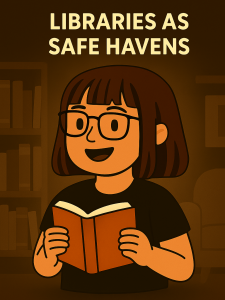
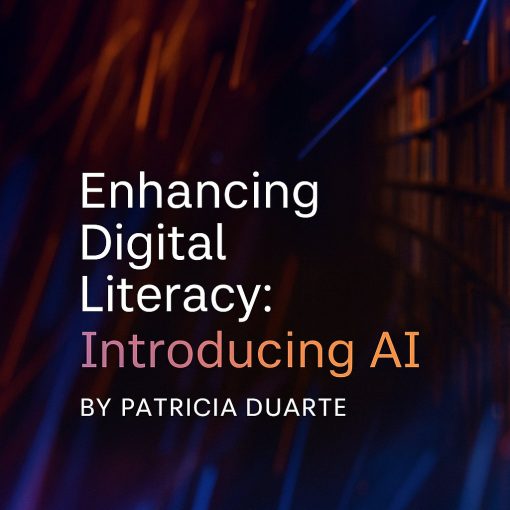
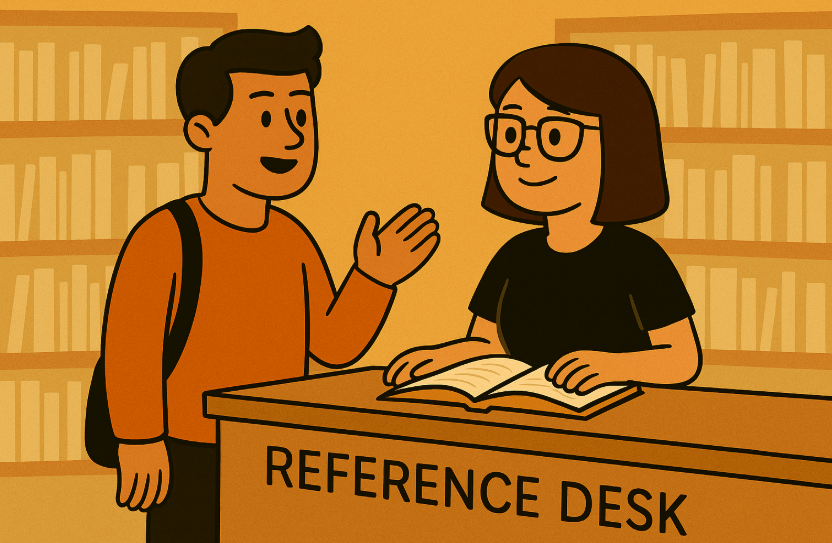
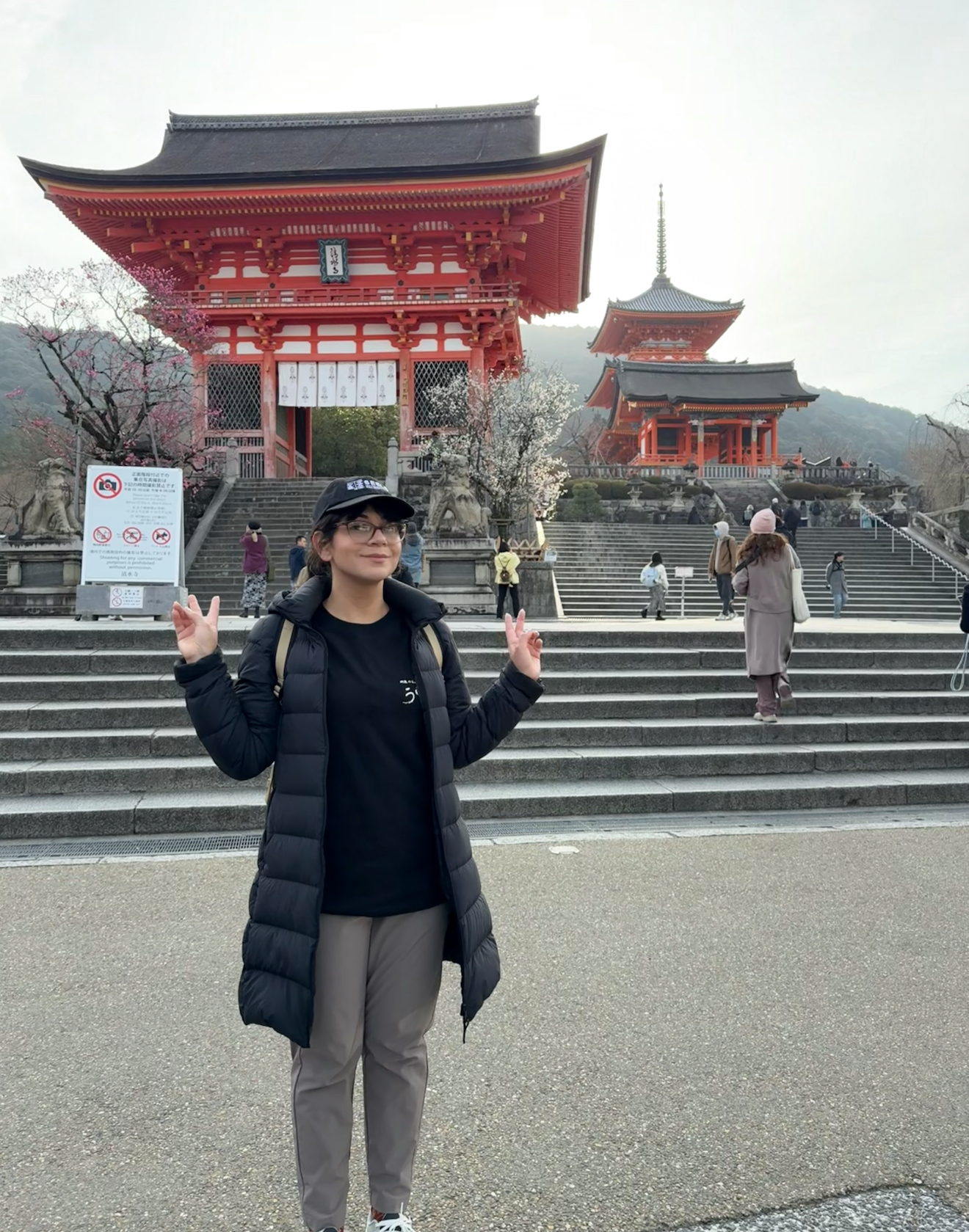
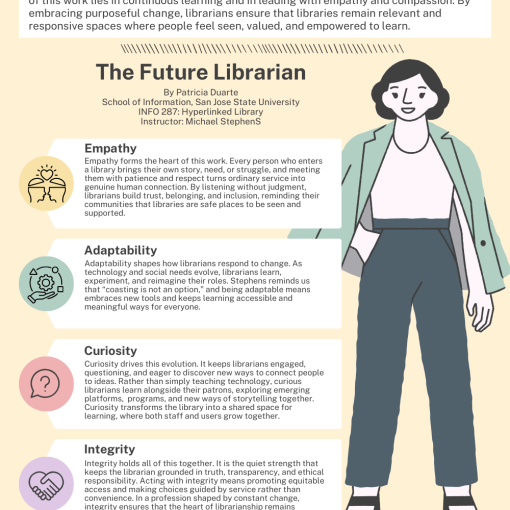
One thought on “INFO 287 Reflection Blog: Hyperlinked Communities”
@pbduarte Glad you focused on belonging and healing for this reflection. These concepts are so important to information work in our current environment. I guess it comes back to that helping the whole person aspect of the hyperlinked library.